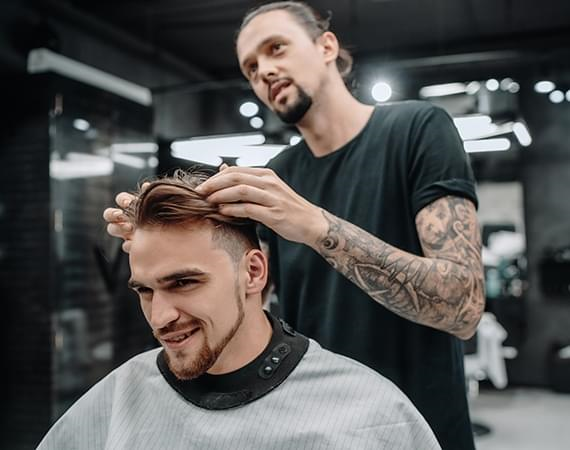The 1960s: The Hippie Look
As the counterculture movement gained momentum in the 1960s, men’s hairstyles became longer and more free-spirited. The “hippie” look, characterized by long, unkempt hair and a beard, was popular among young men. The “mod” look, which featured shorter hair with a side part, was also popular.
The 1970s: The Shag
The 1970s were a time of disco, bell-bottoms, and big hair. Men’s hairstyles became longer and more voluminous, with the “shag” becoming a popular style. This style featured long, layered hair that was often styled with a center part. The “mullet,” a short style at the front and sides with long hair at the back, also emerged during this decade.
The 1980s: The Mullet and Spiky Hair
The 1980s were all about excess, and men’s hairstyles were no exception. The mullet remained popular, as did spiky hair, which was achieved by using gel or mousse to create a spikey, textured look. The “flat top,” a short style with a flat, squared-off top, also became popular.
The 2000s: The Faux Hawk and Buzz Cut
The 2000s were a time of experimentation and individuality, and men’s hairstyles reflected this. The “faux hawk,” a style in which the hair is styled to resemble a mohawk but is not shaved at the sides, became popular. The buzz cut, a short, military-inspired style, also remained popular.
The 2010s: The Undercut and Man Bun
In the 2010s, men’s hairstyles became more diverse than ever before. The “undercut,” a style in which the hair on top is longer than the sides, became popular among men of all ages. The “man bun,” in which the hair is tied up in a bun at the back of the head, also emerged during this decade.
The 2020s: The Textured Crop and Bald Head
As we move into the 2020s, men’s hairstyles are becoming more relaxed and natural. The “textured crop,” a short style with a textured, tousled finish, is becoming popular. The bald head is also emerging as a popular choice for men who want a low-maintenance, modern look.
